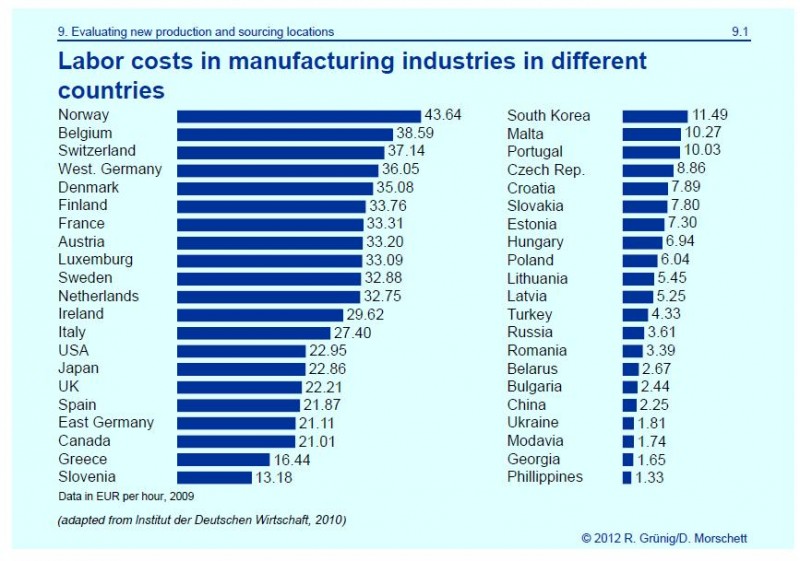Over the past five years, purchasing/supply groups in well-managed companies have made significant progress in reducing the price of inputs. Since specific direct materials are often associated with distinct Strategic Business Units (SBUs), managing this spend is usually accomplished through center-led commodity groups, with sourcing decisions and administration occurring at the SBU. Though most companies are generally satisfied with the efforts they have made in strategically sourcing their direct goods and services, most companies are still attempting to gain comparable control and results with their indirect spend.
Indirect spend is receiving increased attention from the senior management of large corporations. On average, indirect spend equals about 50 percent of a company’s purchases. Unfortunately, a significant amount of indirect spend is not purchased using the organization’s purchasing/supply function or purchasing processes. Senior management has realized that reducing or eliminating indirect spend offers an opportunity to favourably affect a company’s cost structure. Examples of indirect spend include: professional services, utilities, company travel, office products, and waste Management, facility management e.t.c However, spend that is indirect for one company may be direct for another. Furthermore, segmenting direct and indirect spend can be very difficult, particularly for service companies.
With increased outsourcing of non-core capabilities, the growth of the service sector, and increasing cost pressure, the importance of managing indirect spend is increasing. A recent survey conducted by The Aberdeen Group recently reported that about 70 percent of procurement executives cite indirect spend as a top focus for controlling and reducing cost. Procurement executives know that indirect category management now presents a significant opportunity for cost management, gross profit and margin growth. More procurement groups now seek to drive a larger volume of contracts through their organizations. They want to manage and negotiate better rates and achieve tighter compliance with both financial and regulatory controls. And they believe that more attention to indirect spend and the multitude of suppliers in those categories can yield savings without distracting management attention from compliance or strategy.
Some of the top 5 Categories where companies can successfully achieve significant savings in indirect spend include:
Marketing Services
Marketing spend is defined as `external expenditures on services related to marketing’. Marketing spend categories usually include printing services compatible to goods, agency/creative services, and other non-creative services, Buying Marketing Services is often regarded as one of the highest budget areas within an organisation, hence the role for Procurement has increased considerably in recent years focusing on improving quality, delivery times and innovation.
Waste Management
Waste management is the “generation, prevention, characterization, monitoring, treatment, handling, reuse and residual disposition of solid wastes”. There are various types of solid waste including municipal (residential, institutional, commercial), agricultural, and special (health care, household hazardous wastes, sewage sludge). The term usually relates to materials produced by human activity, and the process is generally undertaken to reduce their effect on health, the environment or aesthetics.
Professional Services
Organisations often employ professional services for assistance with strategy, management, and other functional services such as legal, Human Resources etc. Procurement can demonstrate value by providing insight to spend, supplier sourcing, realising savings and organising efficient, economical purchasing processes.
Office Supplies
Office Supplies can be defined as all items which have the objective of retaining or restoring a piece of equipment or system, to a state in which it can perform its required function. These are items which are used in production but do not become part of the end product and include hand tools, spare parts, lubricants and cleaning supplies e.t.c. They are goods acquired for the purpose of current operation; items that are consumable, sometimes perishable or short lived, and are subject to material change. They could also be items of a durable nature such as wastebaskets, small tools, bookends, file cabinets, chairs, calculators.
Facilities Management
Procurement is often involved with many of the services bought in, to support the building and people within an organisation – often referred as Facilities management (FM). FM is a significant area of spend for most organisations, traditionally defined as soft (people focused) and hard (engineering focused). Approaches for managing FM may be centralised or decentralised, either through several direct contractors or via an integrated FM supplier which provides all services.
